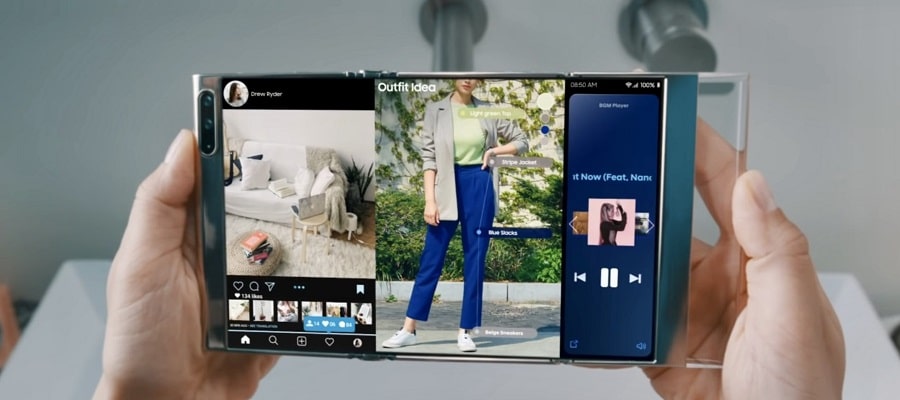
New smartphone technology
Smartphones are now practically replacing computers and can be used for a variety of consumer needs. And the functionality is only growing. And it’s worth taking a look at what’s already available and what to expect in the foreseeable future.
Retinal scanning
The ability to quickly identify a smartphone’s owner is not new and has been evolving for several years. Of course, many are limited to a trivial password, but we should expect innovations as well. And that includes differences in the retina feature. At the moment Apple is actively working on this, other manufacturers want to use voice recognition.
5G networks
Today’s devices need to transfer data quickly and in large volumes. And not long ago, Samsung was testing new data transmission capabilities using a wireless network. The bandwidth was 10 Gbps.
At the moment, however, with LTE technology, the limit is 75 Mbps. But a solution to this problem is promised soon.
48 core processor
That’s not to say that today’s smartphone is underpowered, but there is room for improvement. Intel says that it is possible to create a 48-core processor for mobile devices. And then there will be advanced capabilities in use.

Lithium-ion microbatteries
Of course, if all of the above can be realized, then something will need to be done with the battery as well. And engineers from Japan are already working on developing batteries that will produce more energy from hydrogen.
Experts working on the project say it will be possible to increase the capacity by 2,000 times. And charging will be much faster.
Flexible displays
Proven brands are actively working to offer a smartphone with a flexible screen. And such a device can crumple and twist in different directions.
3D screens
For some time now, companies have been interested in creating a screen with three-dimensional images and three-dimensional video, where no special glasses are required. And if the price policy is reasonable, this option will be a success.
NFC technology
This technology will allow the exchange of data in proximity to another device. The potential is really huge, and it is primarily needed for cashless payments.
